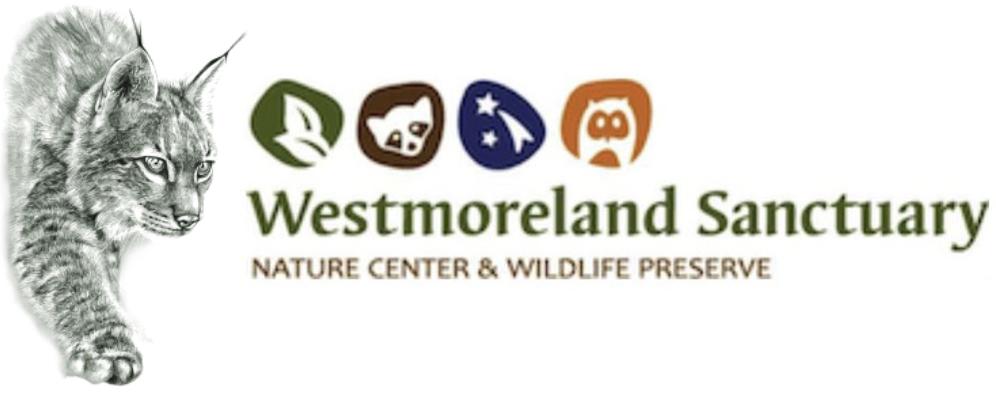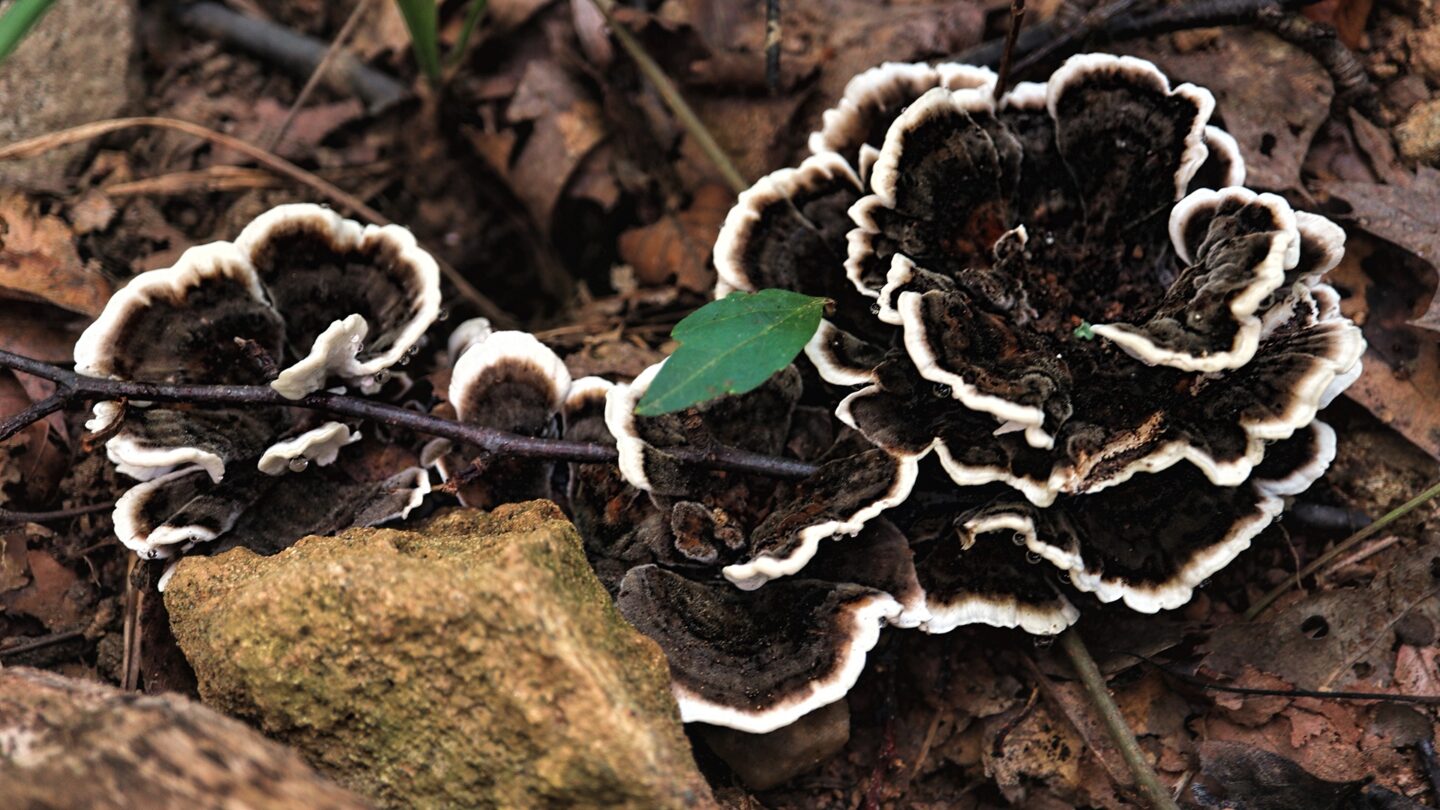It is most efficient to work with nature as opposed to trying to do the work of nature ourselves.
Westmoreland Sanctuary enhances, restores, and prevents degradation of our native ecosystems. We focus our efforts on our “Conservation Islands.” These Islands are unique habitats with significant ecological benefits to our native wildlife and to our community. Within these Islands, we also monitor “indicator species;” species that demonstrate the health of the ecosystem. All conservation work is conducted according to Westmoreland Sanctuary’s Natural Resources Management Plan.
The term “Riparian” refers both to the stream and the land surrounding the stream. Our work in the Riparian Stream Area maintains the water quality, restores native ecosystems, and increases resiliency to climate change.
Westmoreland’s water is rated AA-S by the New York State Department of Environmental Conservation which means it is clean and potable. It provides clean drinking water to 100,000 homes in New York and Connecticut.
Projects:
- Aquatic Macroinvertebrate Monitoring
- Amphibian Breeding Surveys
- Chemical Water Testing
- Fish Monitoring
- Invasive Plant Species Removal
- Native Plant Species Reintroduction
- Rusty Crayfish (Invasive Species) Removal
- Soil Testing
Grantors:
- Patagonia
- Westchester Community Foundation
- Robert Schumann Foundation
In 2014, Wheeler Field became our first-ever Conservation Island. It is specifically managed for our native birds and pollinators who have been struggling due to lack of open fields and wildflowers. It can be seen from Catbird Trail.
Projects:
● Bird Banding
● Bird Nesting Box Monitoring
● Tufted Titmouse Monitoring
● Invasive Plant Species Removal
● Native Plant Species Reintroduction
Grantors:
● Patagonia
● Westchester Community Foundation

Westchester County, along with the rest of the Eastern United States, has an overpopulation of White-Tailed Deer. These deer overgraze on many native plants, making these plants increasingly rare. Some plants have become extinct in some areas, such as the Pink Lady Slipper. Westmoreland’s Pink Lady Slipper population is carefully monitored and protected.
One of the primary effects of this overbrowsing is the disappearance of the forest understory. Forest understory consists of small trees, bushes, shrubs, and herbaceous plants (ferns, wildflowers, mosses, etc). These plants provide essential shelter and food for wild animals. Our work in the Shrub Corridoris dedicated to restoring the forest understory.
Projects:
- Invasive Plant Species Removal
- Native Plant Species Reintroduction
Grantors:
- Patagonia
- Westchester Community Foundation
We have exciting citizen science projects and we are always looking for more nature lovers to take part. Please contact us at info@westmorelandsanctuary.org or (914) 666-8448 if any of the below projects interest you.
- Westmoreland Sanctuary Natural Resources Inventory on iNaturalist - you are welcome to join our project at any time without contacting us
- Eastern Bluebird Nest Box Management
- Wood Duck Nest Box Management
- Christmas Bird Counts
- Summer Bird Counts
- Project Feeder Watch
- Amphibian Breeding Surveys
- Aquatic Macroinvertebrate Surveys
- Aquatic and Terrestrial Turtle Monitoring
- Mothing Surveys
- Pink Lady Slippers

